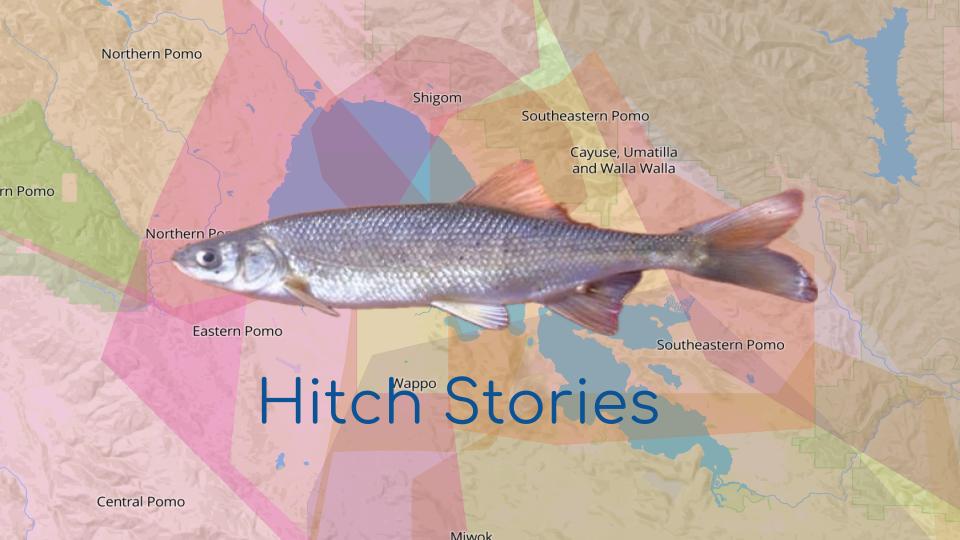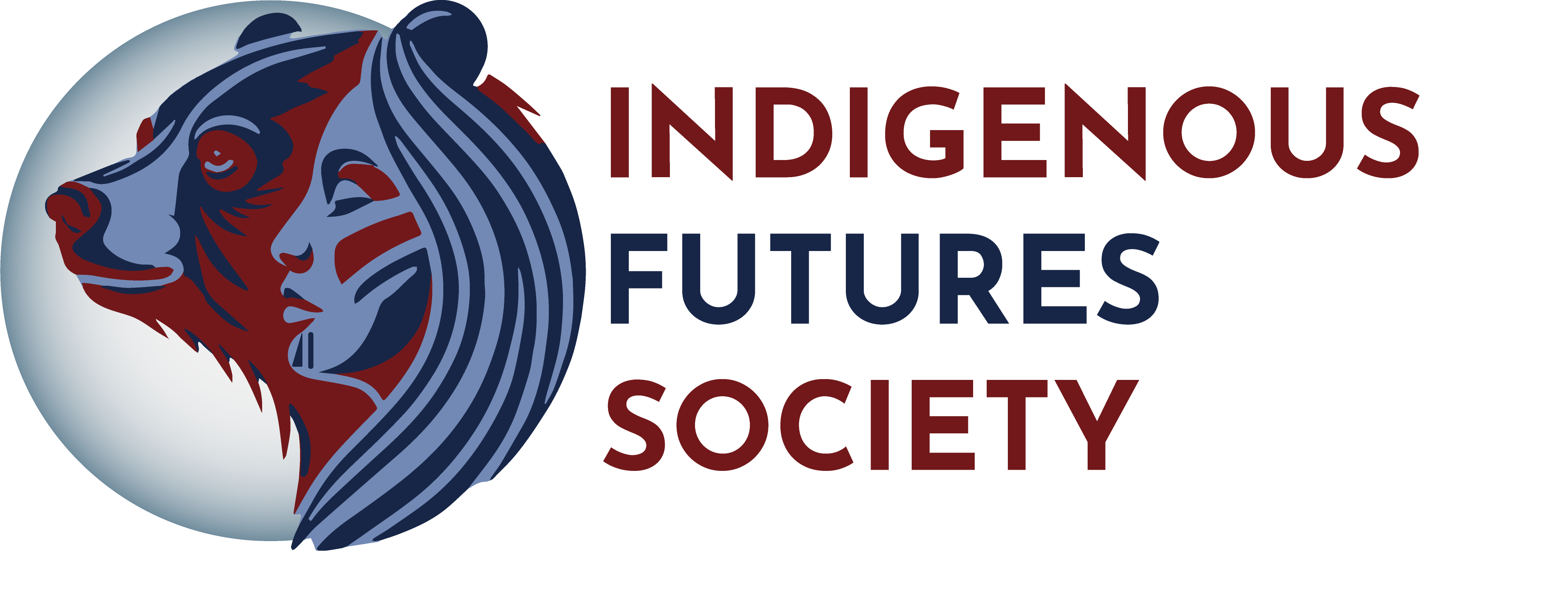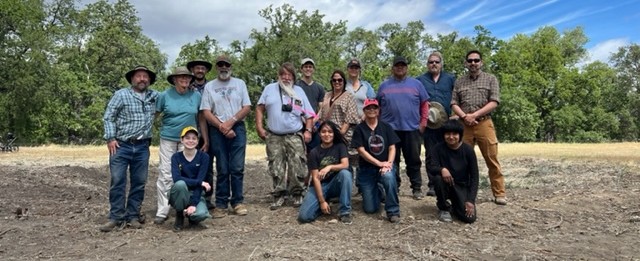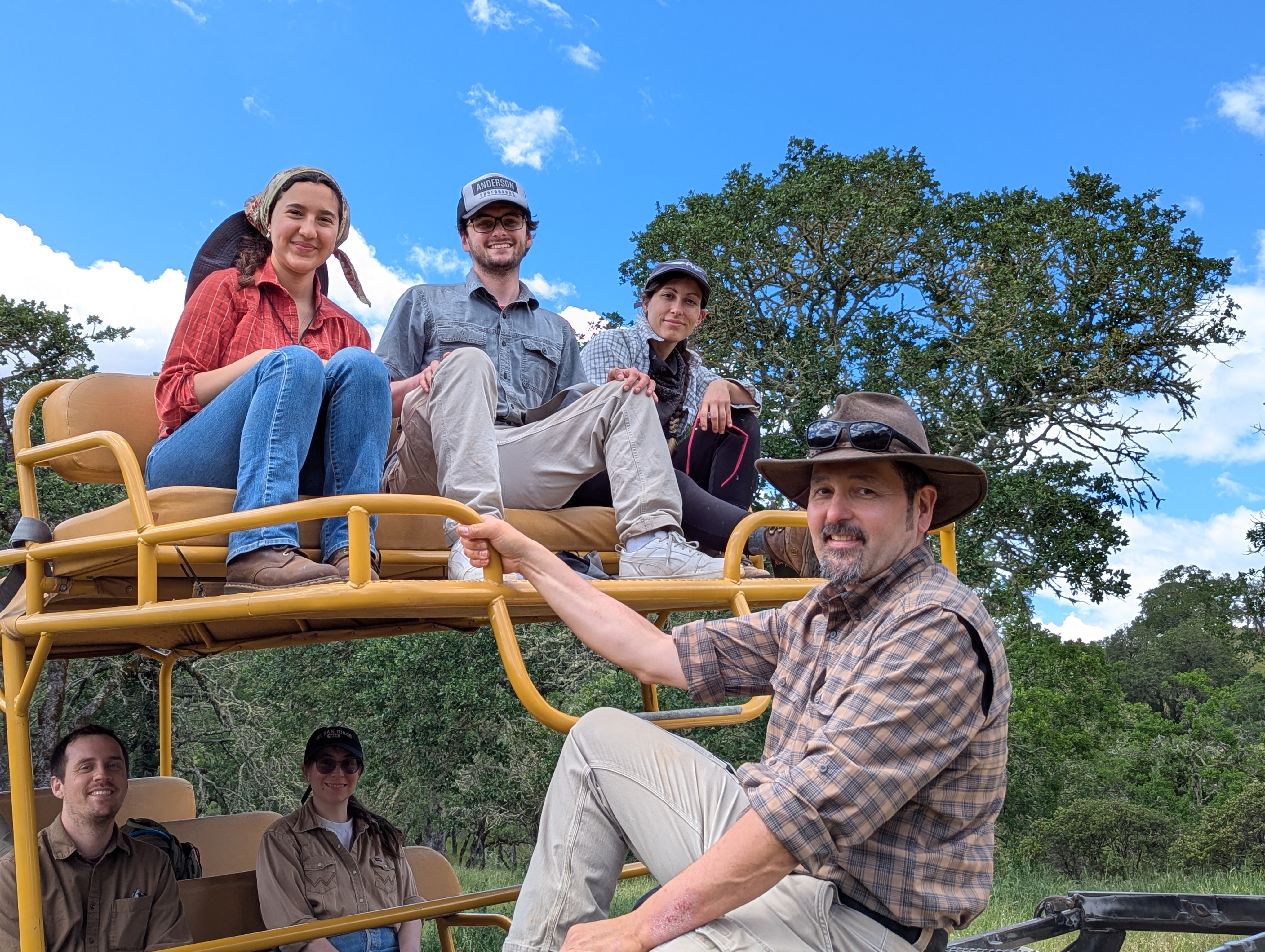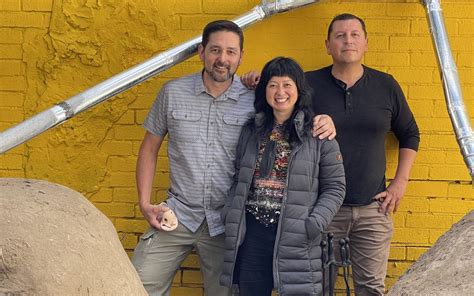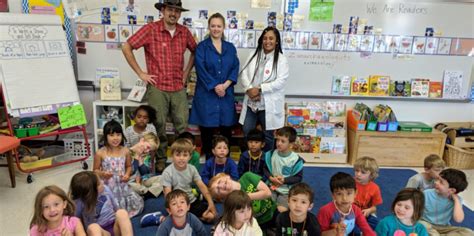Berkeley-Abiquiú Collaborative Archaeology (BACA) Project
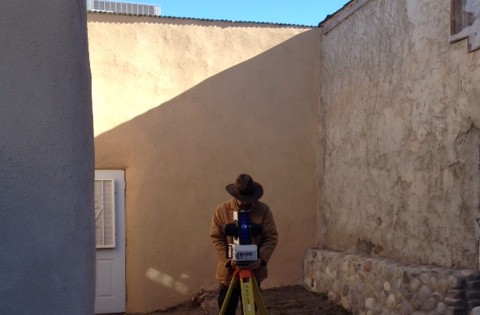
Mandated by the Board of the Merced del Pueblo de Abiquiú, our team had multiple field seasons, focused on work prioritized by the community to protect land and water rights, to recover information before the restoration of the cultural center's west wing, and to incorporate community youth into every aspect of the project to meet community goals of intergenerational knowledge transfer.
